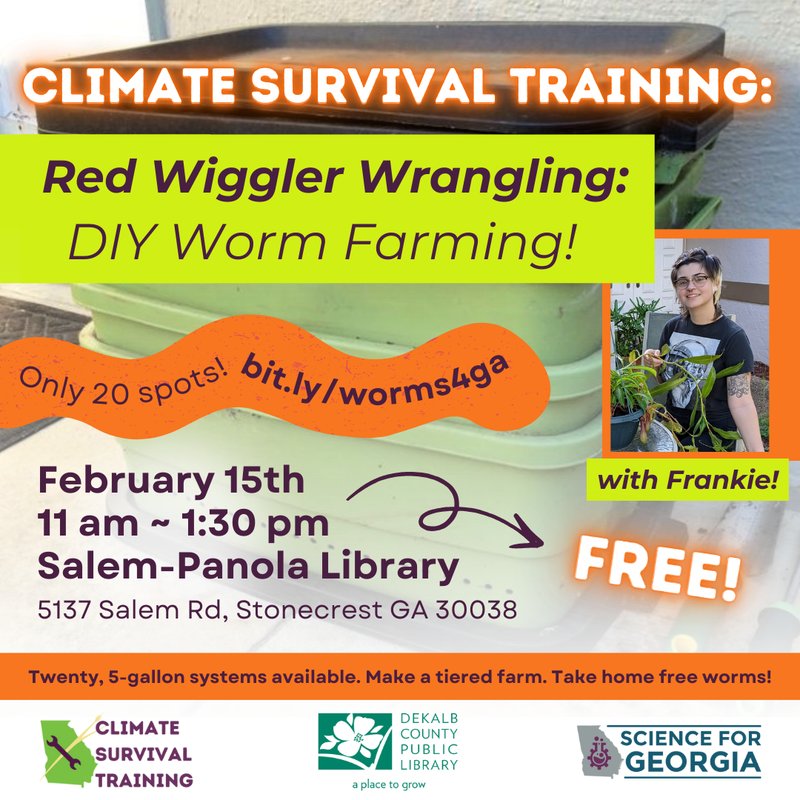
Imagine discussing the role of decomposers in nature and then having those very decomposers right there in front of your students. It’s like bringing a bit of nature into the classroom, making the learning process both fun and interactive. Plus, Red Wigglers are easy to handle, making them perfect for young scientists who may be a bit squeamish about bugs. So, let’s dig into why these worms are great for school science demonstrations and how to use them effectively!
What Are Red Wiggler Worms?
Red Wigglers, or *Eisenia fetida*, are a species of earthworm known for their striking reddish color and active behavior. Unlike typical garden worms, these guys thrive in compost heaps and are champions of decomposition. Honestly, they’re nature’s recyclers!
They’re about 3 to 4 inches long and have a unique ability to consume organic matter, turning leftovers from our kitchens into nutrient-rich compost. You might be wondering why this matters in a school setting. Well, teaching students about composting with Red Wigglers connects them to the environment . It shows them how waste can be reduced and reused, fostering a sense of responsibility and curiosity about sustainability.
The best part? These worms can multiply quickly under the right conditions, making them an exciting project for long-term classroom observation. Setting up a worm bin can easily lead to discussions on life cycles, ecosystems, and biology, keeping students engaged and thinking critically.
Benefits of Using Red Wigglers in Demonstrations
Using Red Wigglers in science demonstrations brings a host of benefits for both teachers and students. For starters, they promote hands-on learning. When students can interact with live worms, they’re more likely to engage with the material. It’s much more memorable than reading from a textbook!
Another benefit is that Red Wigglers offer a clear visual representation of ecological processes. As they consume organic waste, students can observe firsthand how decomposition works. They can even measure how quickly the worms break down materials, providing a real-life experiment that can lead to deeper discussions about the environment and sustainability.
Let’s not forget the excitement factor! There’s something inherently captivating about critters. Students might come in curious about how these worms live, eat, and reproduce. This interest can lead to discussions about other aspects of biology, such as cellular biology or environmental science. In short, incorporating Red Wigglers can spark curiosity and connection to broader scientific concepts.
Setting Up a Worm Bin for Classroom Use
Setting up a worm bin for the classroom is straightforward and can be done in just a few steps. Here’s how to get started:
- Choose a Container: You can use a plastic storage bin or a wooden box with air holes. Make sure it’s about 8-12 inches deep.
- Add Bedding: Fill the bottom with shredded newspaper or coconut coir. This provides a cozy home for your worms.
- Moisten the Bedding: Lightly dampen the bedding with water. It should be moist but not soaking wet.
- Introduce the Worms: Add your Red Wigglers to the bin. They’ll start burrowing and exploring their new home right away!
After setting up, ensure the worms have plenty of organic material to eat. This can include vegetable scraps, coffee grounds, and even cardboard. Just remember, no meat or dairy!
You might also want to designate a “worm monitor” among your students—a fun job that involves checking on the worms regularly and keeping the bin healthy. This can stir a sense of responsibility and ownership among the kids.
Conducting Engaging Lessons with Red Wigglers
Using Red Wigglers for science lessons can be both fun and educational. One engaging activity involves having students observe the worms’ behavior. Give them a few minutes to simply watch the worms wiggle around. Ask questions like: “What do you notice?” or “How do the worms react to different types of food?”
Another great lesson is to have students hypothesize what happens to waste when it’s buried underground. Then, you can demonstrate how the worms break down organic material over time. Set up an observation schedule where students track the changing appearance of the compost as the worms work their magic.
Don’t forget to tie these discussions back to real-world issues! Talk about composting, the benefits of reducing landfill waste, and even the role of worms in agriculture. This helps deepen their understanding of how nature operates and highlights the importance of sustainability.
Safety and Care of Red Wigglers
While working with Red Wigglers can be a fun and rewarding experience, it’s essential to teach students proper handling and care for the worms. First, ensure students wash their hands before and after touching the worms. This keeps both them and the worms safe and healthy.
Second, show them how to handle the worms gently. Worms are delicate creatures, and squeezing too hard can damage them. Encourage students to observe rather than disturb—this way, they can learn without harming the living beings.
Finally, talk about the best conditions for keeping the worms happy. Discuss how temperature, moisture, and food impact their health. If students see happy, thriving worms, it reinforces the lesson that caring for living creatures is essential, whether they’re pets or compost helpers.
Alternatives to Red Wigglers in Classroom Demonstrations
While Red Wigglers are fantastic, you might wonder if there are alternatives. Other worm species, like the common earthworm (*Lumbricus terrestris*), can work too, but they aren’t as adept at composting.
You could also consider more traditional classroom pets, like fish or hamsters, which offer different lessons about care and ecosystems. However, they might not provide the same direct connection to waste reduction and composting.
For a different twist, you might explore soil microbiology by using microscope slides to observe bacteria or fungi. While this offers a different type of learning experience, it may not engage students as well as hands-on experiences.
Ultimately, choosing Red Wigglers for your classroom not only teaches science but also fosters empathy and understanding for living creatures and our environment.
Wrapping It Up
Incorporating Red Wiggler worms into school science demonstrations is a great way to engage students in hands-on learning. By observing these fascinating little creatures, students can explore concepts of decomposition, ecosystems, and sustainability in an exciting and interactive way. From setting up a composting bin to conducting engaging lessons, the possibilities are endless.
Honestly, using live organisms like Red Wigglers not only makes science fun but also instills a sense of responsibility toward the environment. So, whether you’re a teacher looking for innovative ways to teach or a parent who wants to make learning at home exciting, consider welcoming these wigglers into your lessons. They just might wiggle their way into your hearts and minds!

